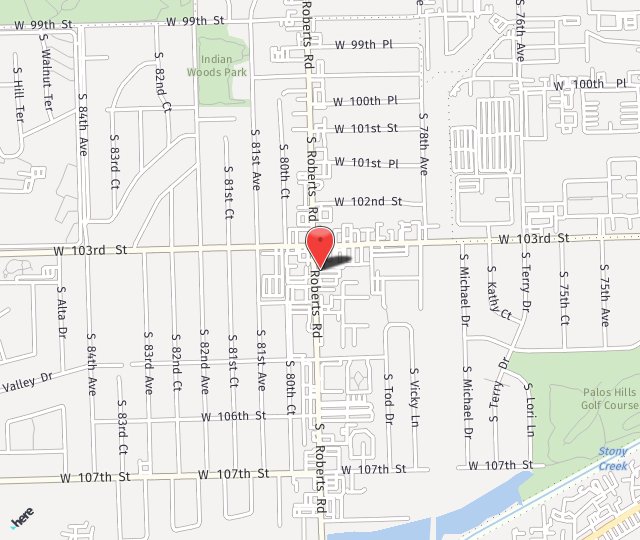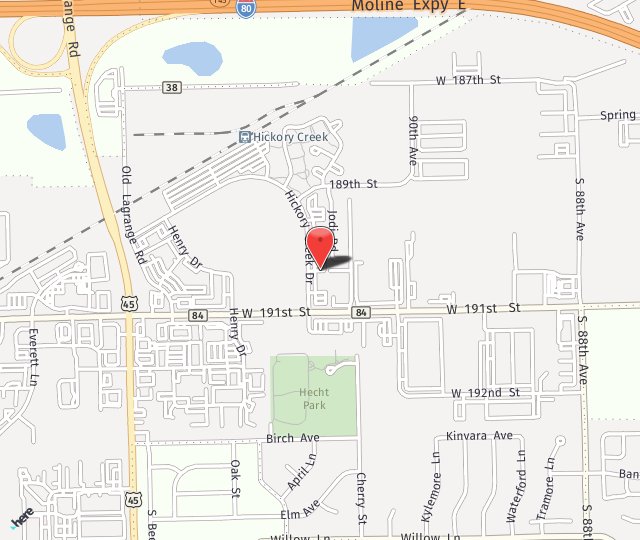Jumper’s Knee Overview & Treatment Options in Chicago
With convenient locations in Palos Hills and Mokena, IL
Jumper's knee, also referred to as patellar tendinitis, is a common injury that affects the patellar tendon. This condition can cause significant discomfort and mobility limitations, particularly for athletes engaged in activities that involve repetitive jumping. Dr. Bedikian is a highly experienced orthopedic surgeon who provides a range of comprehensive care for orthopedic conditions, such as jumper’s knee.
About the Patellar Tendon
The patellar tendon is a cord of tissue that connects the kneecap to the shinbone. You would not be able to straighten your knee without this important tendon, making it essential for activities like sprinting, jogging, jumping, and kicking.
About Jumper's Knee
Jumper's knee is often seen in athletes involved in sports such as basketball, volleyball, and other activities where jumping is required. It may also be experienced by those who engage in rigorous plyometric workouts. The condition occurs slowly over the course of time, so patients may not realize the extent of the damage to their knees until they begin experiencing pain and other symptoms. Jumper’s knee is characterized by inflammation and micro-tears in the patellar tendon. Like most knee injuries, jumper’s knee can severely limit an individual’s athletic performance.

Causes of Jumper's Knee
Jumper’s knee is caused by:
- Jumping
- Running
- Kicking
- Squatting
Symptoms of Jumper's Knee
Jumper's knee often presents with the following symptoms:
Pain: Pain from jumper’s knee typically radiates from just below the kneecap, especially during activities that involve bending the knee.
Tenderness: Patients may experience tenderness and swelling around the patellar tendon.
Limited range of motion: Stiffness in the knee, particularly after periods of inactivity, is also a common symptom of jumper’s knee.
Treatment Options for Jumper's Knee
Treatments for jumper’s knee, which are primarily focused on managing symptoms, may include:
Rest and activity modification: Avoid activities that exacerbate the symptoms and modify training routines to reduce knee stress.
Physical therapy: Physical therapy uses targeted exercises to help the muscles around the knee become stronger while improving their flexibility.
Ice: Swelling can be reduced by applying a cold compress to the affected area.
Medications: Nonsteroidal anti-inflammatory drugs (NSAIDs) can be used to alleviate pain and reduce inflammation.
Elevation: Resting with the knee in an elevated position, such as when sleeping, can help you recover more quickly.
Modern Practice with Modern Solutions
Our state-of-the-art clinic is home to advanced tools and techniques such as robotic-assisted surgery and arthroscopy for joint procedures.
Can I Prevent Jumper's Knee?
While jumper's knee is often associated with athletic activities, there are measures that you can take to help reduce the risk of developing this condition:
Proper Training: Engage in proper training techniques to slowly increase the intensity of the workout and allow for adequate rest periods.
Proper Technique: Ensure the use of proper jumping and landing techniques during athletic activities to minimize stress on the patellar tendon.
Contact Sarkis Bedikian Orthopedics Today
If you are suffering from the effects of jumper's knee, we encourage you to contact our office for a consultation. Dr. Bedikian provides personalized, high-quality orthopedic care and is eager to help you run, jump, and work out with confidence after your knee injury. Contact Sarkis Bedikian Orthopedics today to schedule your consultation.



